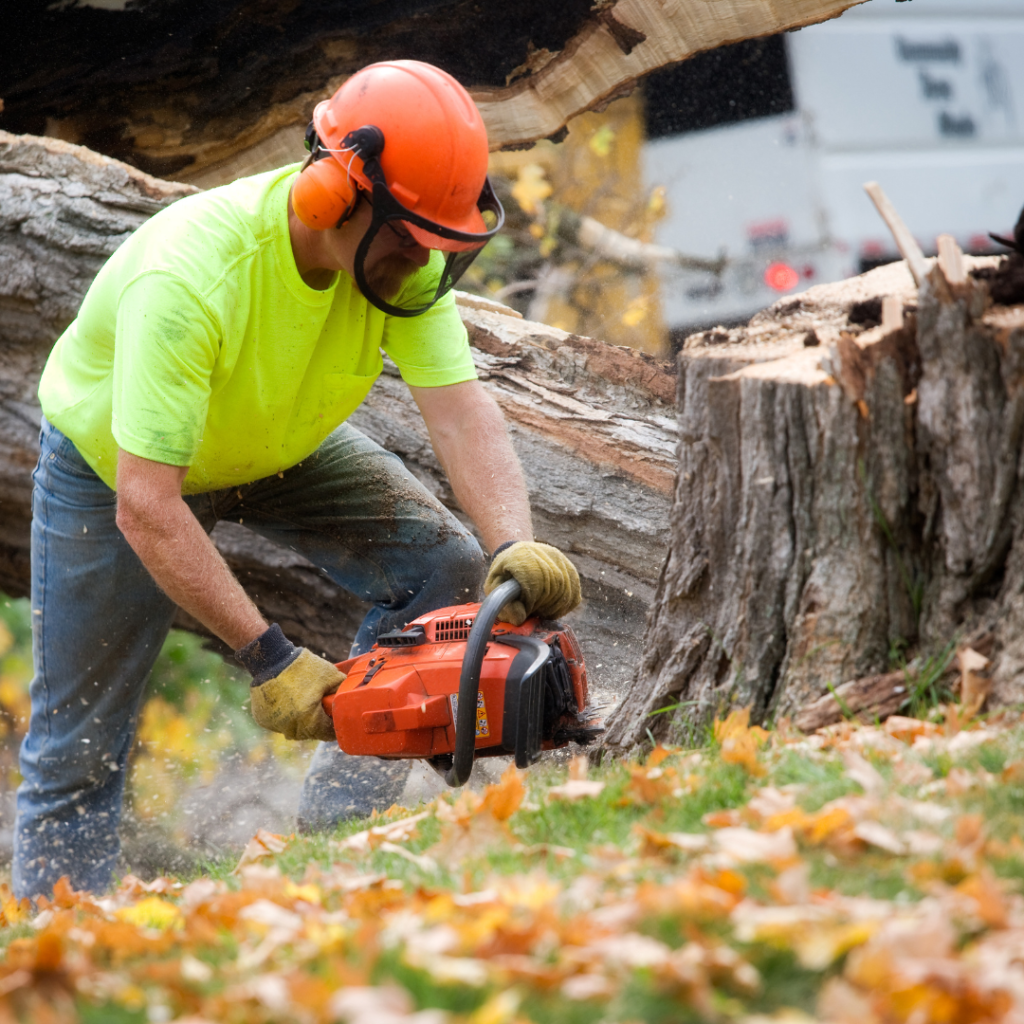As the sun rises while casts through the leaves of ancient oaks alongside towering pines, a certified tree care specialist begins his or her daily journey within the realm of trees. To these dedicated professionals, each new day holds new obstacles and discoveries, from assessing tree health and overseeing urban landscapes. An arborist's work of these arborist extends well beyond just aesthetics; it's a blend of scientific knowledge, artistic talent, and care for the environment that plays a crucial role in maintaining the health and security for the green friends.

During this exploration of tree care chronicles, we'll explore deeply into daily experiences in the arborist. You will discover why to hire a qualified expert matters, the complex art behind tree pruning, as well as the essential tools that empower them to protect our trees. Whether it involves identifying tree diseases and conducting safe removals, arborists stand as unsung champions of the mission for vibrant, healthy trees in the neighborhoods. Come along as we uncover the vital insights from these experts who devote their careers for the purpose of caring and preservation of our city's forests.
A Significance of Engaging a Licensed Arborist
Hiring a certified arborist is vital for preserving the well-being and safety of arboreal structures in both residential and residential and business landscapes. Licensed arborists possess comprehensive understanding and training in arboreal maintenance, enabling them to evaluate tree health effectively and recognize issues that may go unnoticed by the lay eye. Their expertise ensures that trees are cared for using industry best practices, which can significantly enhance their duration and visual appeal.
In addition to supporting tree well-being, licensed arborists play a vital role in hazard administration. Trees can pose risks when they are diseased, damaged, or improperly taken care of. A qualified arborist is prepared to detect potential hazards and suggest appropriate actions, whether it be pruning, cabling, or in some situations, taking down. Their skill to perform comprehensive tree assessments helps to prevent injury to property, harm to individuals, and even local ecosystem disruptions caused by dangerous trees.
Additionally, employing a licensed arborist promotes eco-friendly tree management practices. These professionals are devoted to educating their clients about appropriate tree care techniques, which can lead to a greater understanding of the ecosystem and the importance of trees in metropolitan settings. By partnering with a qualified arborist, homeowners and companies can guarantee that their trees benefit to the surroundings while also boosting property value and street appeal.
Tree Maintenance Strategies and Knowledge
Arborists possess a wealth of knowledge about the best practices for maintaining tree health and safety. One essential technique is appropriate pruning, which helps regulate the expansion of a tree while promoting its general wellness. Arborists understand the different types of pruning—such as thinning, topping, and canopy reduction—and know how and the timing to apply each method. Look at more info behind tree pruning is vital, as improper techniques can lead to injury or disease, compromising the tree’s stability.
Another crucial aspect of an arborist's work is assessing tree diseases. They are educated to recognize symptoms of numerous tree illnesses and pests, allowing for swift intervention. By examining leaf color changes, bark qualities, and overall vigor, arborists can identify specific problems and formulate treatment plans. Utilizing methods like soil tests and tree biopsies, they provide thorough diagnoses that improve a tree's strength and longevity.
In metropolitan areas, arborists play a key role in tree conservation and management. They utilize techniques such as tree cabling and bracing to support trees that may be at threat of falling or suffering from structural failure. Additionally, they advocate for sustainable practices, making certain that trees contribute constructively to urban settings. This effort helps lessen hazards while enhancing urban landscapes, making the role of an arborist not only important but crucial for flourishing communities.
Safety and Risk Management in Arboriculture
Security is paramount in the field of arboriculture, as tree care often involves operating at elevations and managing large, heavy machinery. Certified arborists undergo thorough education to comprehend the risks associated with climbing, pruning, and removing trees. They employ PPE, including hard hats, gloves, and harnesses, to reduce the risk for injury. Awareness of surroundings, effective interaction with co-workers, and adherence to safety protocols significantly reduce the chance of incidents on the job.
Risk management is an essential aspect of an arborist's responsibilities. Before initiating any tree care task, a thorough risk assessment is performed to detect potential hazards, such as dead branches, unstable trees, or power cables in the vicinity. Arborists examine these risks and apply strategies to mitigate them, which may include supporting and bracing compromised structures or counseling clients on the best time to perform specific tasks. This preventive approach not only protects the arborists but also guarantees the protection of property and people in the area.
Furthermore, the arborist's role broadens to informing clients about the risks of do-it-yourself tree work. Many property owners misjudge the risks involved in tree care and may not be aware of hazardous conditions that demand professional help. Arborists provide valuable insights on how to maintain tree health in a safe manner and stress the necessity of employing trained professionals to avoid incidents and ensure the longevity of their trees. By prioritizing security and risk management, arborists shield themselves, their clients, and the community they serve.
